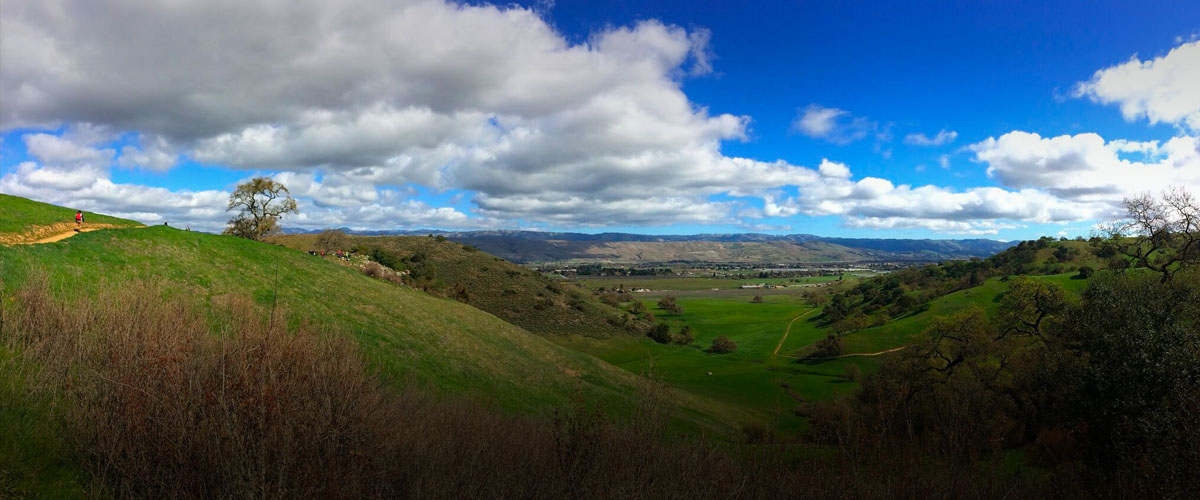
Nature is not a place to visit. It is home.
When citizen activists supported the legislature to create the Open Space Authority a quarter century ago, they were investing in the health of our community – our home.
Investing in open space is the best thing we can do for our shared future. By protecting, connecting, and restoring land, we can safeguard not only the land, but also its conservation values and the many associated environmental and community benefits. This includes, of course, opportunities for recreation, protecting water resources and scenic landscapes, and connecting wildlife via corridors that provide ecological integrity and resilience in the face of a changing climate.
Today, I am proud to say that the region has begun to reap the benefits of the Open Space Authority's ongoing investments. We have protected more than 25,000 acres, offering opportunities for nature enjoyment and education in open spaces throughout the valley. We’ve partnered with ranchers and farmers to protect working lands so that they can continue to provide environmental benefits for all of us. And we’ve invested over $10 million in urban open space grants to connect community and help people experience nature close to home through urban parks, trails, community gardens, and environmental education programs.
This would not have been possible without our many volunteers and countless state, regional, and local community partners. The Open Space Authority is a small agency with a big mission, and our public and private partners are essential to accomplishing our shared goals.
In addition to the conservation and recreation benefits of protected open space, the land provides us with many community benefits: natural, functioning floodplains can absorb heavy rainfall and runoff; aquifer recharge areas help ensure a clean, local water supply; agricultural lands produce fresh food and support our local economy.
As we celebrate our 25-year milestone, we are looking to the next quarter century - and beyond. With significant growth projected to continue in Santa Clara County, and climate change threatening more extreme temperatures, droughts, and rainfall patterns, our work is more important than ever before.
We will continue to focus on conservation and restoration, especially in Coyote Valley, which offers an unparalleled opportunity to provide cost-effective, efficient nature-based resilience to climate change, while also providing a number of other ecological, economic, and quality of life benefits – now and in the future.
We will develop new and deeper partnerships with landowners, local and state agencies, public and private conservation partners, and local residents who share our commitment to open space in the Santa Clara Valley.
We will also continue to engage youth, connecting with diverse communities throughout Santa Clara Valley, and building new partnerships to ensure that the next generation of conservation leaders stands ready to continue this legacy.
This future, like our past, depends on your support and engagement. I look forward to working together – for the sustainability of our own backyard over the next 25 years.
Sincerely,

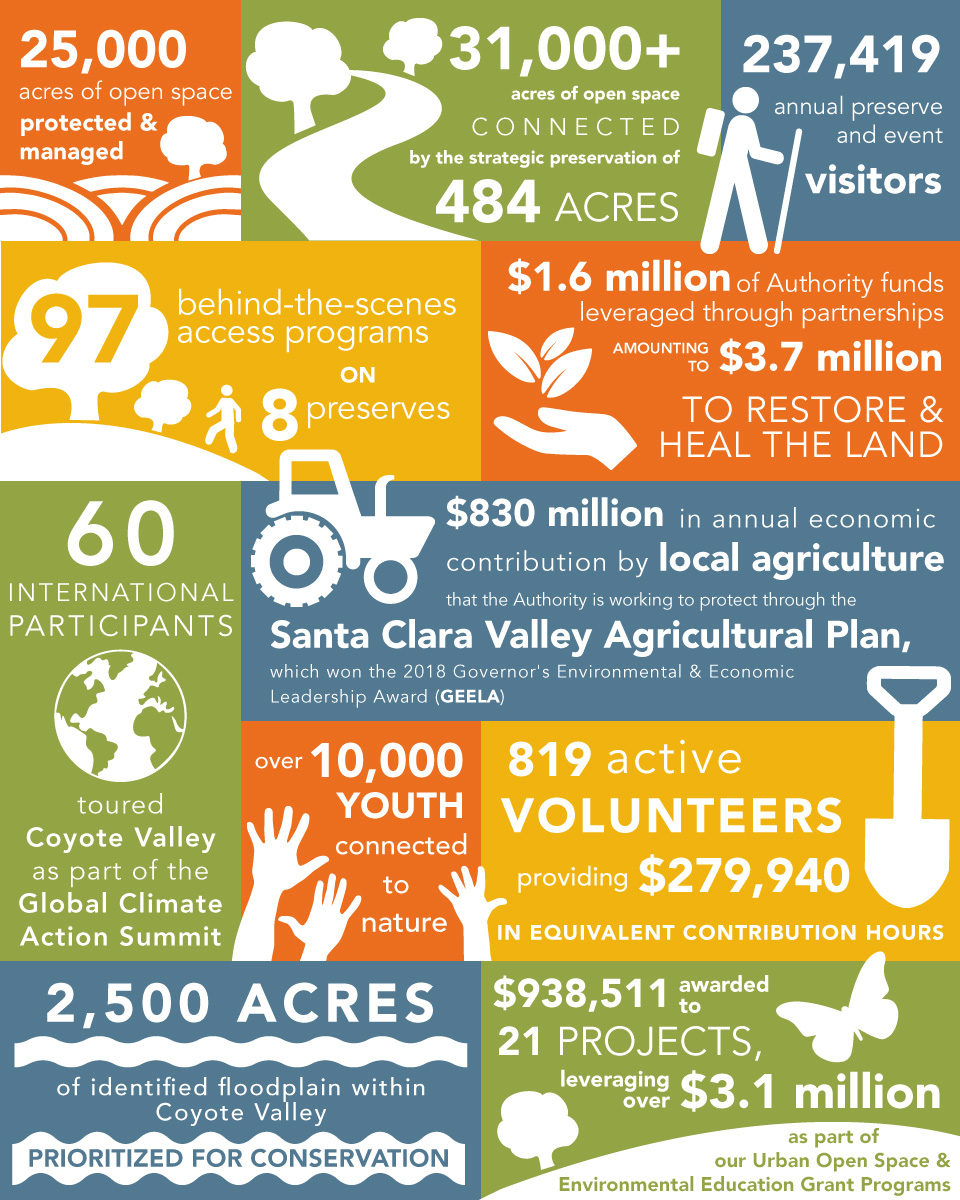

Coyote Valley plays a critical role in the health and sustainability of our entire region, especially in the face of climate change. Strategic conservation investments in Coyote Valley can provide many valuable benefits to our urban communities by using nature as infrastructure to enhance or even replace traditional urban infrastructure like water treatment and flood prevention.
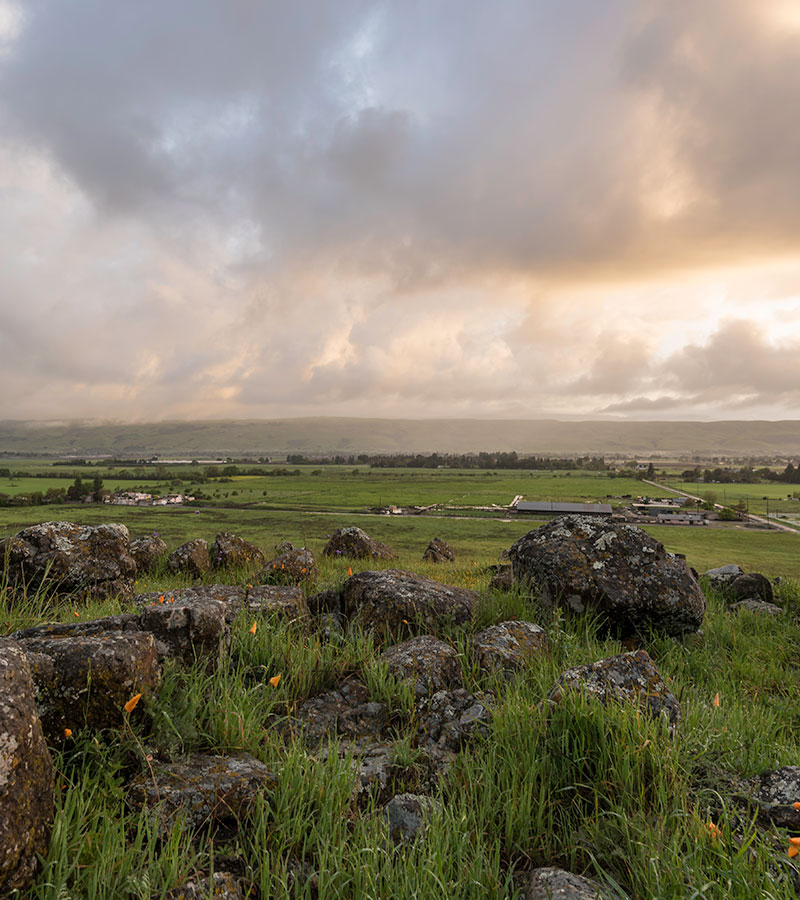
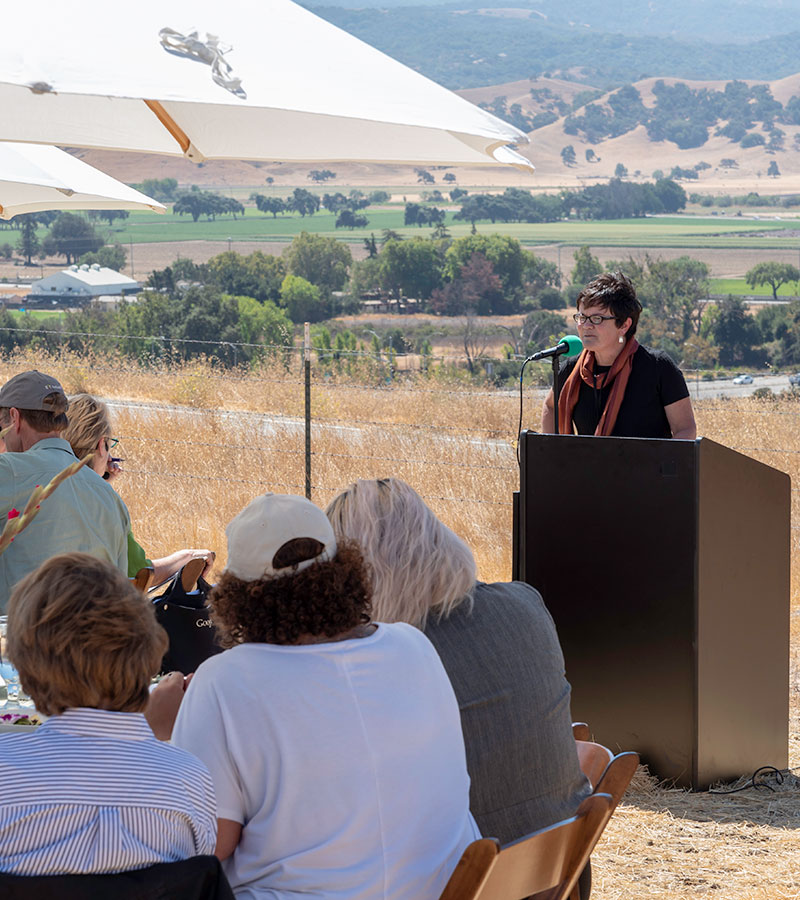
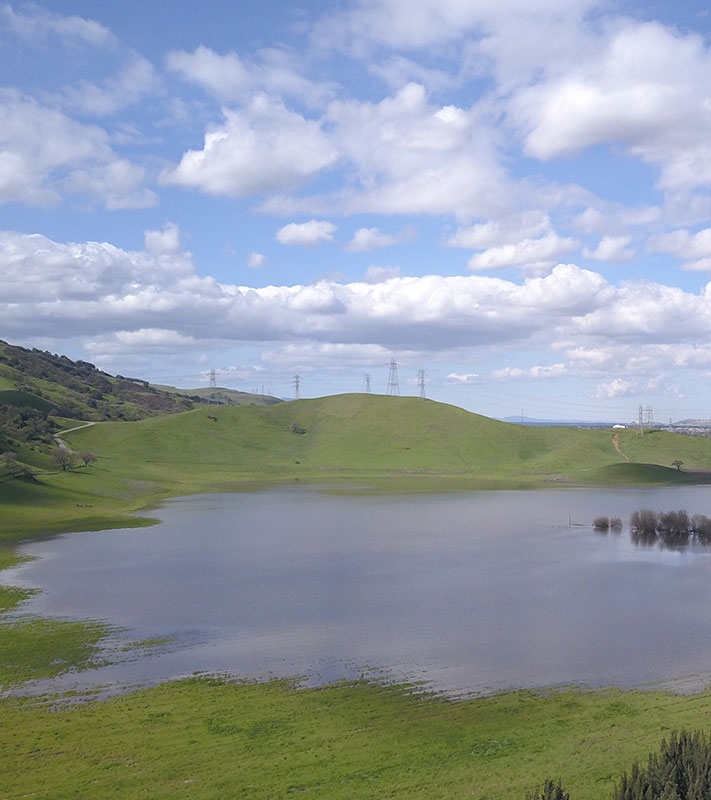
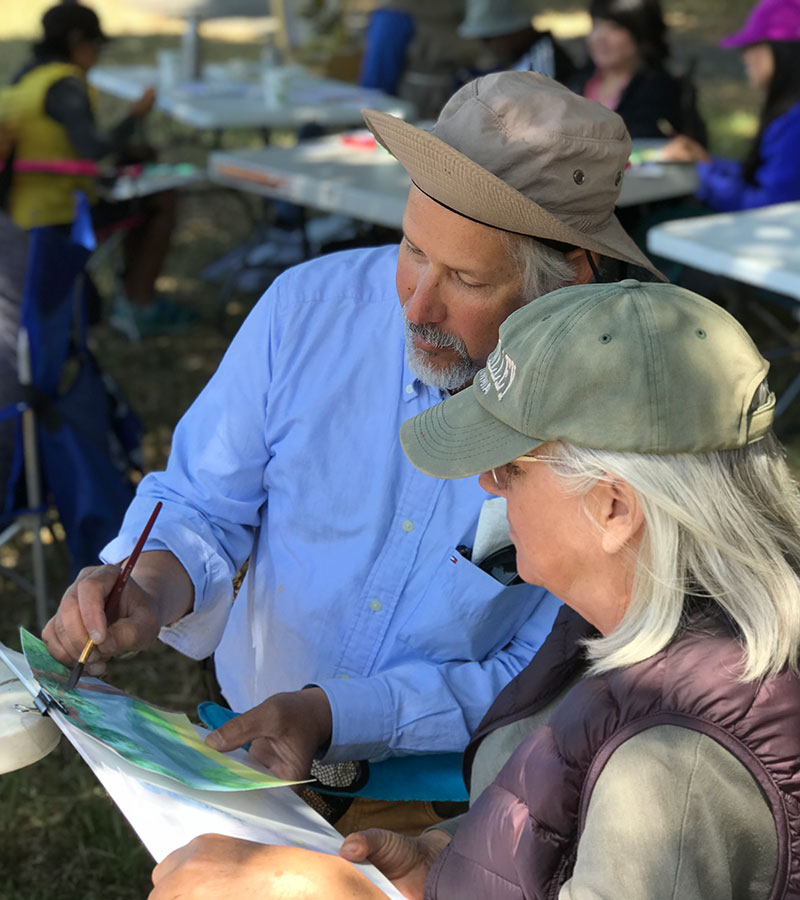
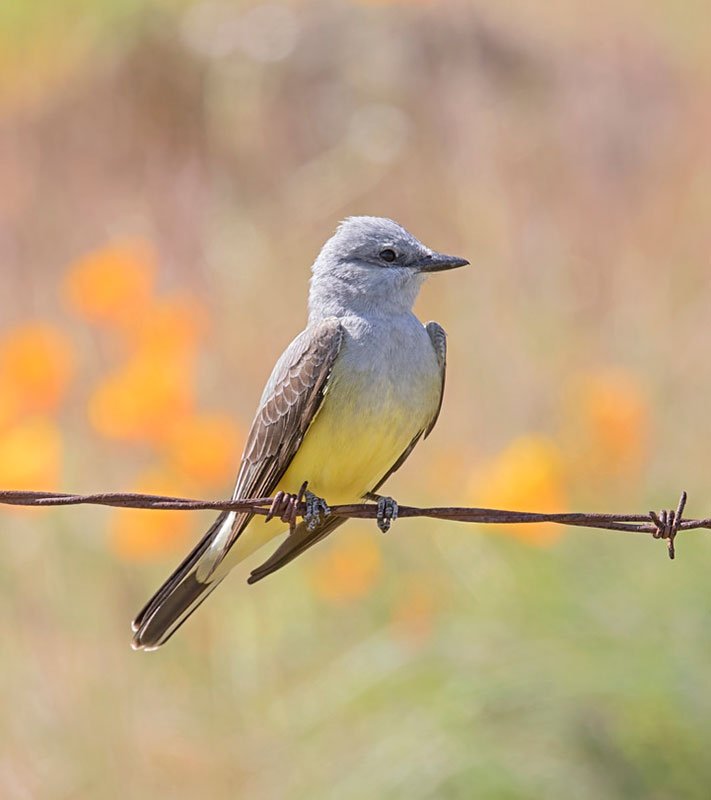
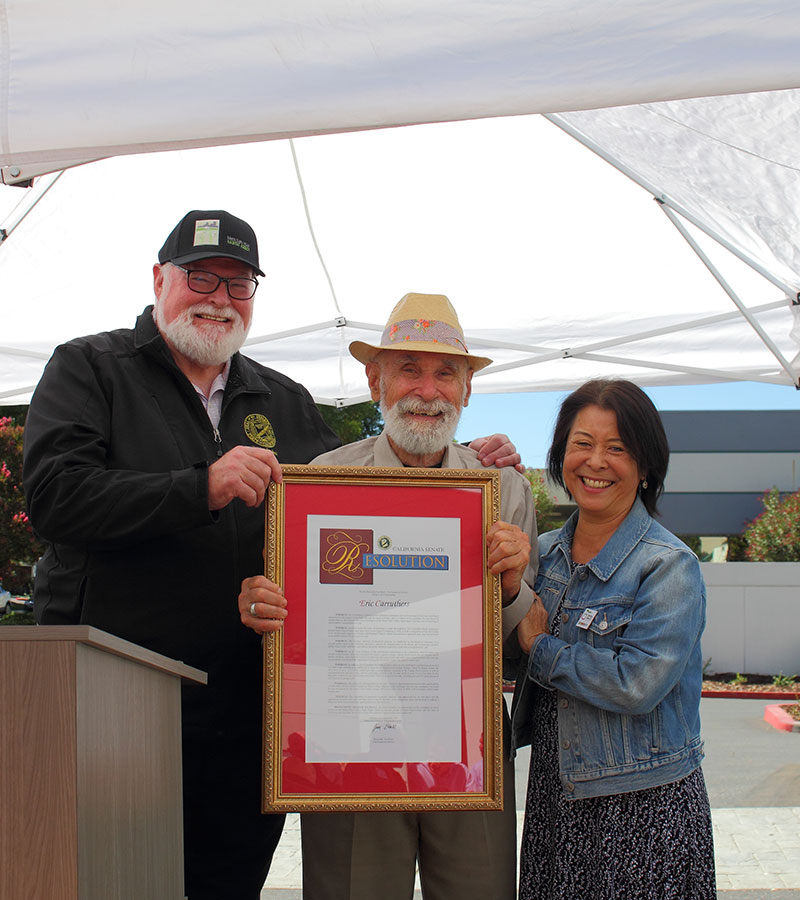

We marked the Open Space Authority’s first quarter century with some special programs and publications.
Throughout the year, 159 community members of all ages joined guest artist Edward Rooks for family-friendly plein air painting workshops at various preserves – and took home their paintings of the beautiful views.
Supporters from throughout the Valley gathered at the new Open Space Authority headquarters in September to celebrate the foresight and tireless efforts of the community organizers who worked to establish the agency well over 25 years ago.
We shared views of our past – and our future – with our 25th Anniversary video, which features recent Urban Open Space projects that were funded by the Authority, and interviews with Authority staff, volunteers, and partners.
Our new Come Discover Nature Guidebook helps people explore and learn about the plants and wildlife in our open space preserves. Filled with photos and descriptions, the free downloadable guide describes our open space preserves and where visitors have the best chance of seeing featured mammals, birds, amphibians, invertebrates, and native plants and wildflowers.
Because our preserves include some of the region’s most important wildlife habitat, it’s no surprise that they attract birds. We shared a Birdwatchers Guide to Coyote Valley to help birders of all levels learn about the resident and migratory species in Coyote Valley, and when and where to spot them.

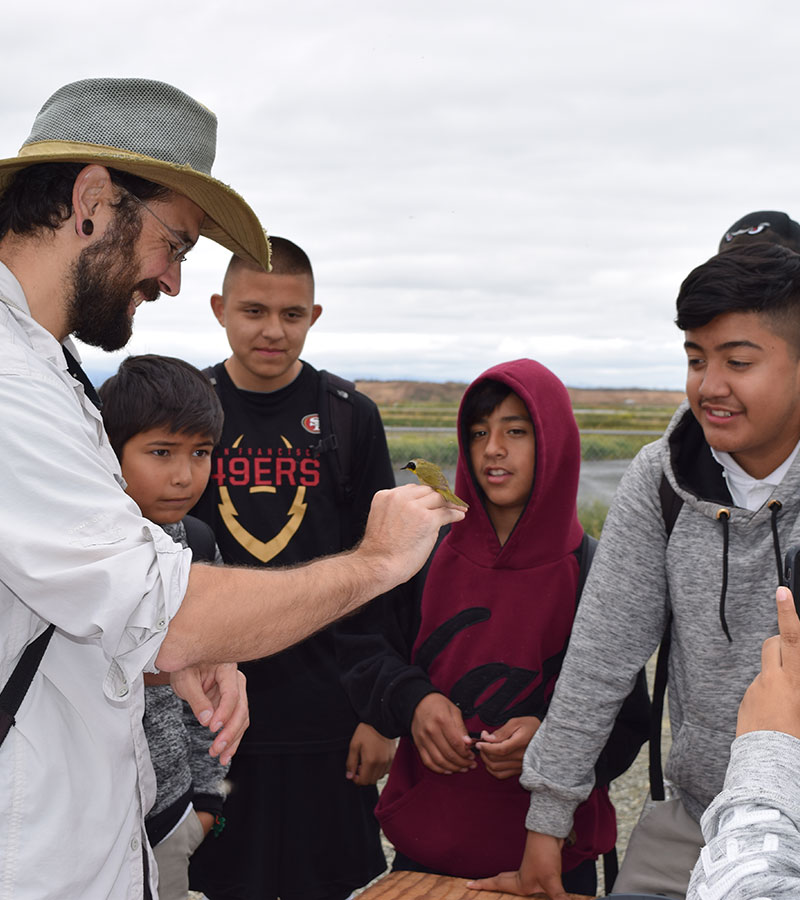
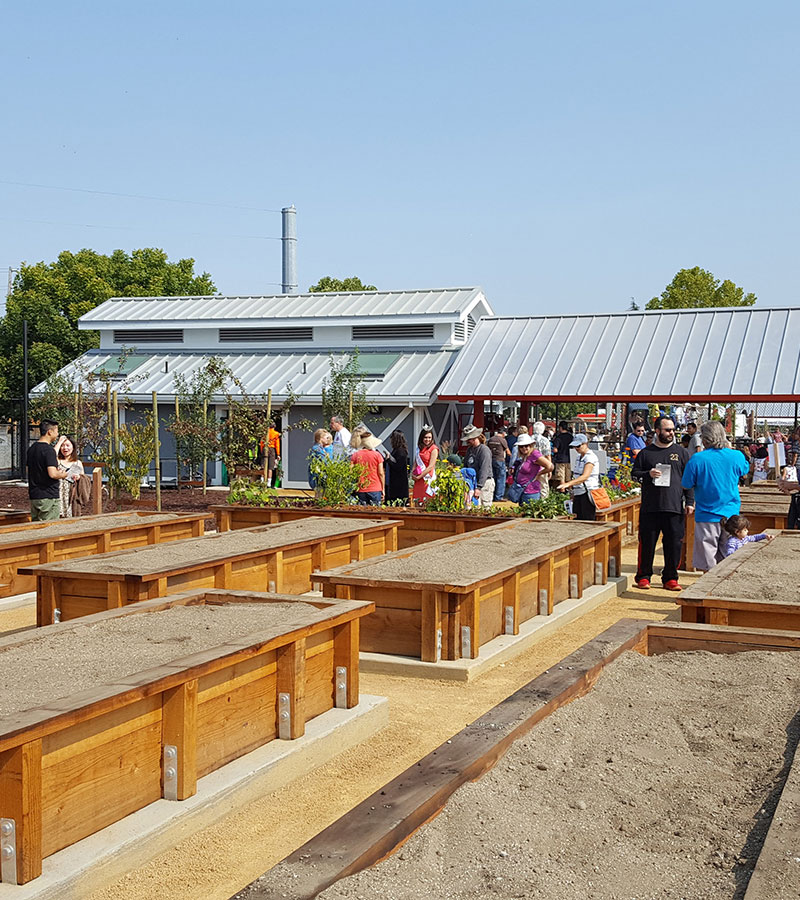
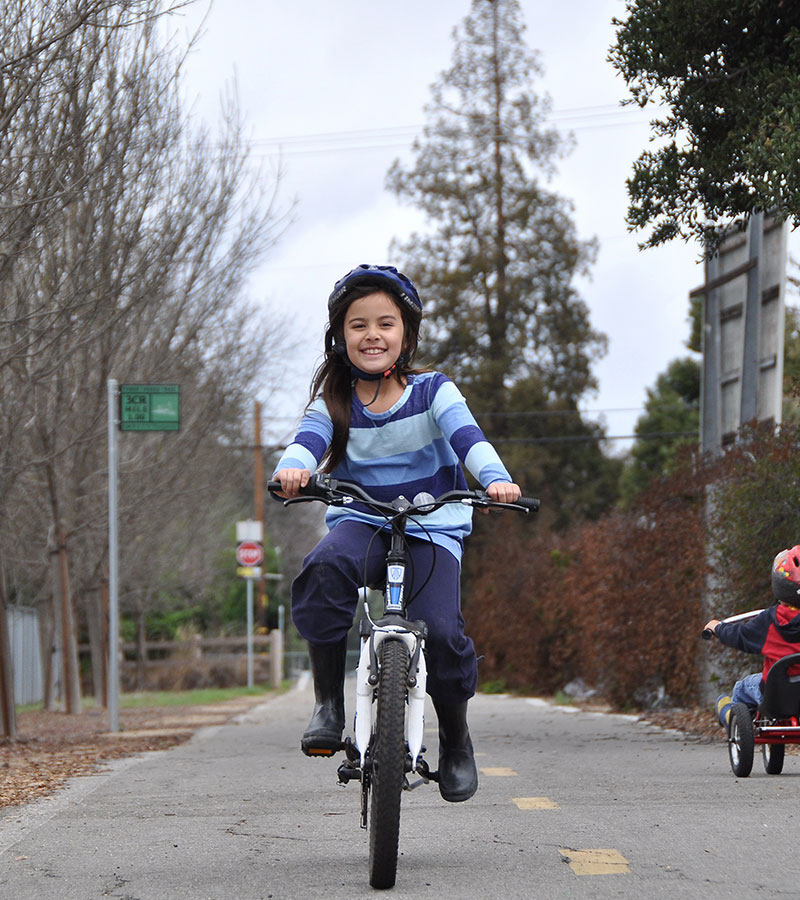
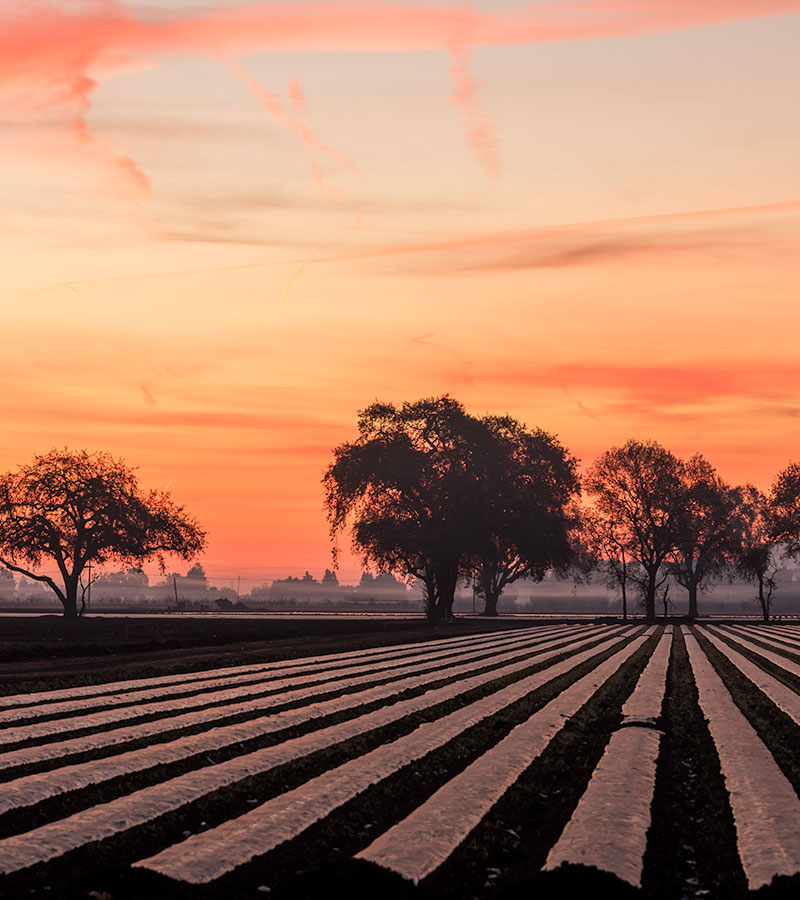
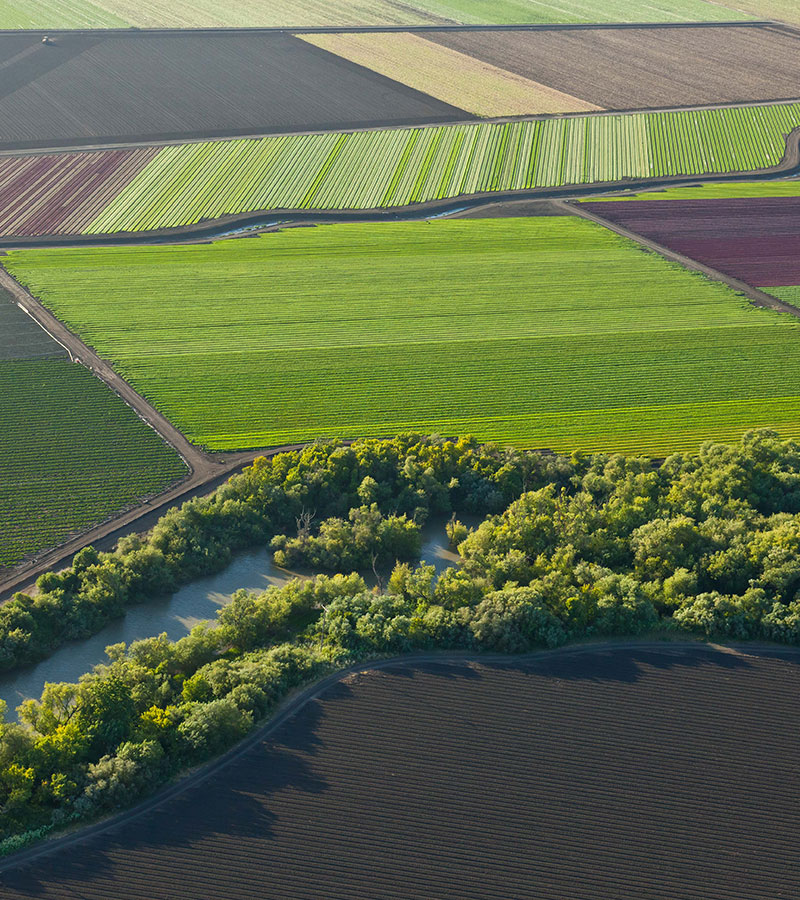
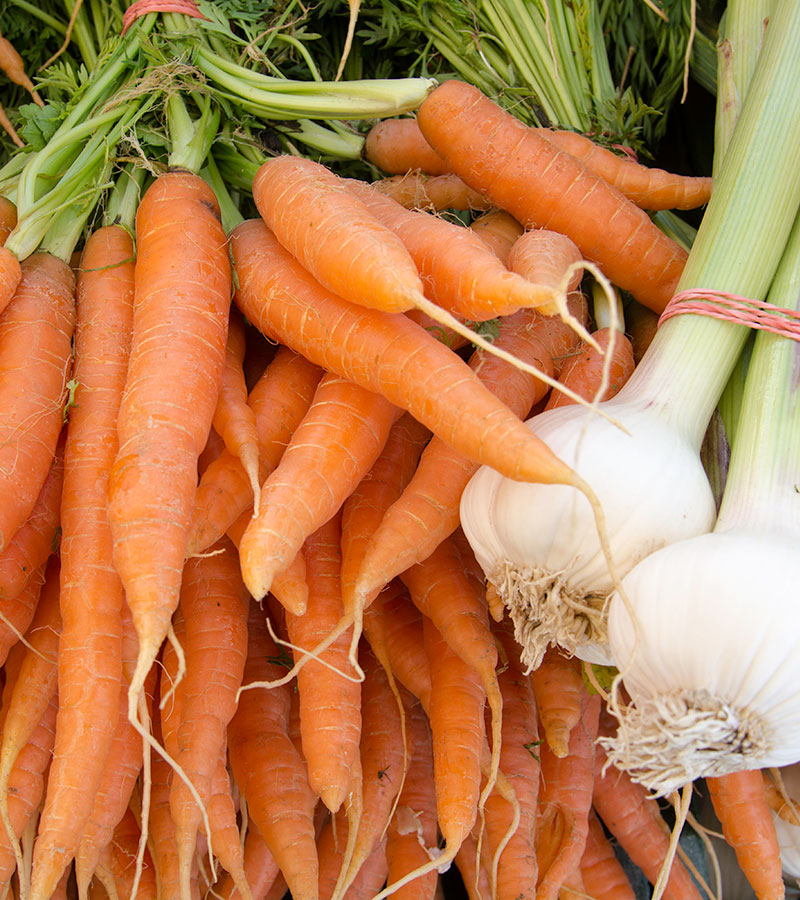

In 2018, Santa Clara County adopted the Santa Clara Valley Agricultural Plan, an innovative partnership between the Authority and the County to protect at-risk farms and ranches in the Santa Clara Valley. The aim is to support the agricultural economy, maintain ecosystem services provided by working lands, and meet the State’s climate reduction targets by reducing sprawl and associated greenhouse gas emissions.
Concentrating on agricultural lands from Coyote Valley south to Gilroy, the Plan focuses on improved land use policies to reduce conversion of agricultural lands, a regional agricultural conservation easement program, an agricultural economic development strategy, and a local marketing effort.
The Authority participated in the County’s new Agricultural Preservation Task Force to develop specific recommendations to implement the Plan’s strategies, including identifying potential funding. Final recommendations from the Task Force included the creation of a new Agricultural Advisory Commission to advise in developing and implementing a formal Agricultural Conservation Easement Program. Task Force recommendations also included an Agricultural Resilience Incentive Grant Program, which will award farmers and ranchers who wish to make upgrades to their properties in order to build resilience to climate change.
The Open Space Authority leveraged public-private partnerships to acquire three strategic properties this year, moving closer to our shared vision of restored watersheds, connected networks of open space, and protected open space lands.
A set of coordinated acquisitions just south of Almaden Reservoir will link more than 31,000 acres of protected lands in the Santa Cruz Mountains, creating a permanently protected corridor between Rancho Cañada del Oro Open Space Preserve and Midpeninsula Regional Open Space District’s Sierra Azul Open Space Preserve.
Peninsula Open Space Trust (POST), in partnership with the Authority, purchased the 326-acre Barrett Canyon property, a critical portion of a watershed that provides drinking water for San Jose. POST cleaned and restored the property, and then transferred it to the Authority for management as part of a network of beautiful open space with plenty of opportunity for recreation and wildlife connectivity. Concurrently, the Midpeninsula Regional Open Space District (Midpen) purchased a connecting 154-acre parcel for addition to its Sierra Azul Open Space Preserve.
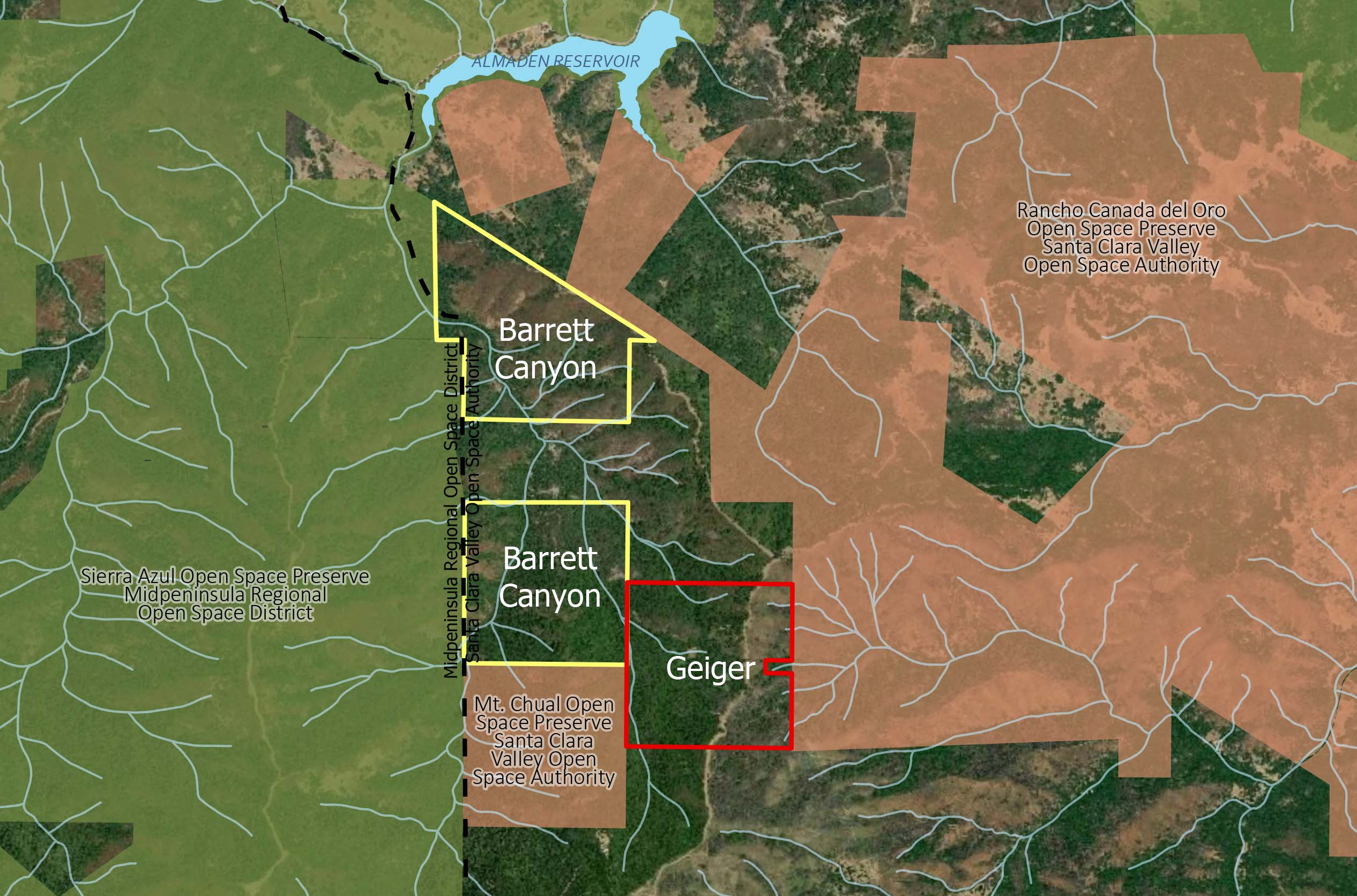
A second POST-Authority partnership acquisition of 158 acres widens the link between our Rancho Cañada del Oro Open Space Preserve and Midpen’s Sierra Azul. The Authority envisions partnering with Midpen to eventually establish trails across the property to connect a combined network of 37 miles of existing trails across both Rancho Cañada del Oro and Sierra Azul, including the popular Bay Area Ridge Trail.
The Authority’s first redwood forest property came as a generous gift from the Julian McPhee family, that wished to preserve their long-time family property for others to enjoy. Adjacent to Uvas Canyon County Park, the land is part of a critical landscape linkage with great conservation values, including habitat for native fish.
Habitat restoration is a critical, ongoing part of the Authority’s land stewardship. Authority staff and volunteers have worked for more than a year to clean up trash and remove graffiti at the 100-acre North Pajaro River Agricultural Preserve. Restoration on neighboring properties, along the Pajaro River corridor, has enhanced flood control and improved riparian habitat.
The land is now ready for farming, and the Authority has leased it to local farmers who will grow green beans and other organic row crops, with potential for docent-led farm walks in the future.
As part of our effort to protect and restore grassland habitat for the western burrowing owl, the Authority was pleased to see that restoration of the South Valley Meadow at Coyote Valley Open Space Preserve has encouraged burrowing owls to frequent the preserve more often. The owls have been sighted several times in the serpentine hillside above the meadow.
Authority staff also collaborated with owl expert Dr. Lynne Trulio of San Jose State University to create artificial burrows designed to attract owls to stay in the summer and breed in Sierra Vista Open Space Preserve instead of migrating to other breeding grounds. As the study continues, we hope to learn more about how to best restore breeding owl habitat.
By grazing non-native plants, the cattle at Coyote Ridge Open Space Preserve play an important role in enhancing habitat for rare species and reducing fire risk. To support sustainable grazing, the Authority plans to make improvements to Coyote Ridge and adjacent ranchlands. Old fencing will be replaced with a type that makes it easier for wildlife to pass through, while still keeping cattle contained and away from sensitive habitat such as riparian areas. New springs and troughs will also make it easier to move cattle where they are needed.
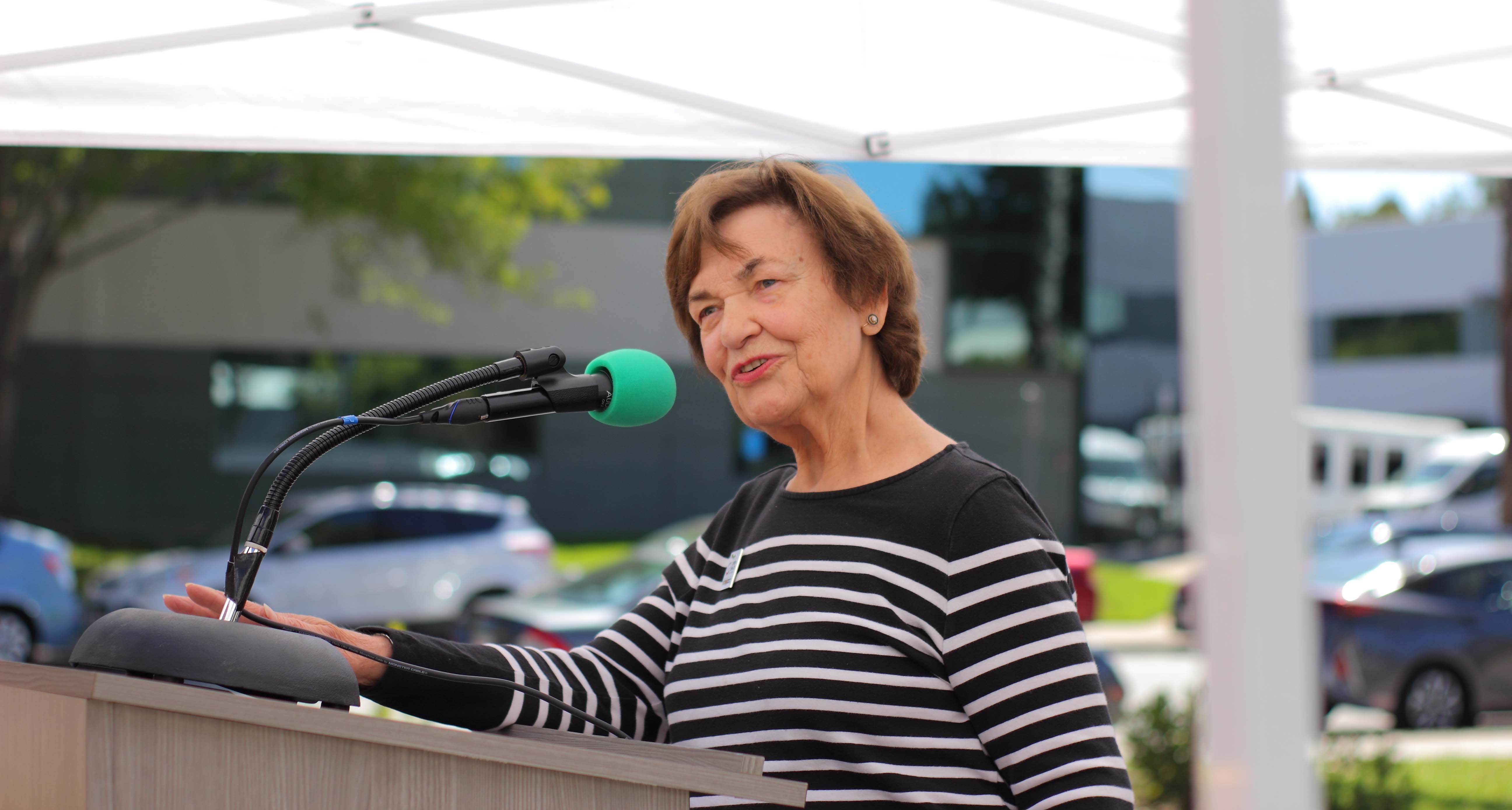
The Authority also leveraged over $30,000 in staff time and equipment from CalFire to create a 30-foot-wide fire break along the Calaveras Fault Trail at Sierra Vista Open Space Preserve.
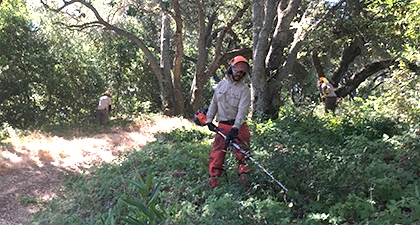
The Open Space Authority is primarily funded by a benefit assessment and an annual $24 parcel tax, Measure Q, with additional funding from grants and gifts. Financial reports and audits are released after the close of each fiscal year, and are available here.
The successes of our 25th Anniversary Year were possible thanks to the support of many community partners and donors – some of whom have been with us since the Open Space Authority began in 1993.
Reflecting on 2018, we'd like to take this time to thank the following agencies, corporations, nonprofit organizations, and individuals from throughout our community for their support this past year. Collaborations, donations, and volunteer time all leverage public funds to help us protect and restore open space for the community to appreciate and enjoy.
To see past Year in Review reports, click here.